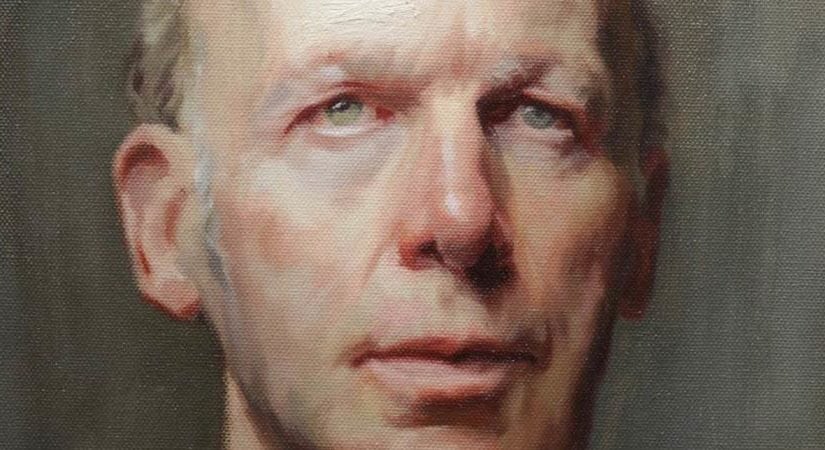An academic portrait, is a highly rendered painting that requires a number of sittings.
A brief history of the process
Creating a portrait takes time, usually requiring a number of sittings. Cézanne, on one extreme, could take over 100 sittings. Although Goya would require one day from the sitter. The average number of sittings is about four. Portrait artists would present their sitters with a portfolio of drawings and paintings from which a sitter would choose a preferred pose. Some would make a drawing of the face, then finish the rest of the painting without the sitter. In the 18th century the process took considerable time and would take around a year for delivery a finished portrait to the client.
The Academic Process
Working in layers is the usual process for paintings that take more than one session, allowing for the oil paint to dry for each given layer, it is helpful to work with single painting layers. The first layer may be a ground, used to prime the surface. Then an underdrawing in outline followed by the underpainting and overpainting.
It is a logical step-by-step process designed to help the artist make more educated guesses as he progresses through the painting. The aim is to focus on one element at a time.
First the artist will draw a construct which is a loose outline then articulate the finer details. The next stage is the silhouette, the shadows are grouped into one flat tone so the artist can focus solely on the design of the shadow shapes, then comes the grouping of the local colours and tones.
This is followed by big form modelling, looking at the general fall of light over the subject. Then comes the first painting where the artist states their first impression of the sitter, not unlike an impressionist painting. For the second painting or overpainting the artist concentrates on refining the subtlety of form with glazes and brings to a finish.
The underpainting creates a foundation for the overpainting. If this is done properly the overpainting does not need to completely obscure the underpainting. It is the play between the two that gives the most interesting effects.
Why choose an academic portrait?
The portrait is classed as the highest form of Academic art, it’s the most difficult of all the disciplines to master.
Why is this? Because the sitter can be compared the painting, there is nowhere for the artist to hide, it either captures the person or it doesn’t.
Without doubt a traditional portrait demonstrates status. Not many people are in a position to celebrate themselves or the people around them with a portrait. Anybody can sit for a photograph but there is a different process when commissioning an artist to take time and care to portray a person in their best light. Some say its better than plastic surgery as you can look at that painting for the rest of your life and still see yourself at your best.
A highly rendered portrait is a rarity, not many painters have the training to finish a painting to such high standards. If you’re interested in this approach then make sure you find somebody with the necessary experience.
